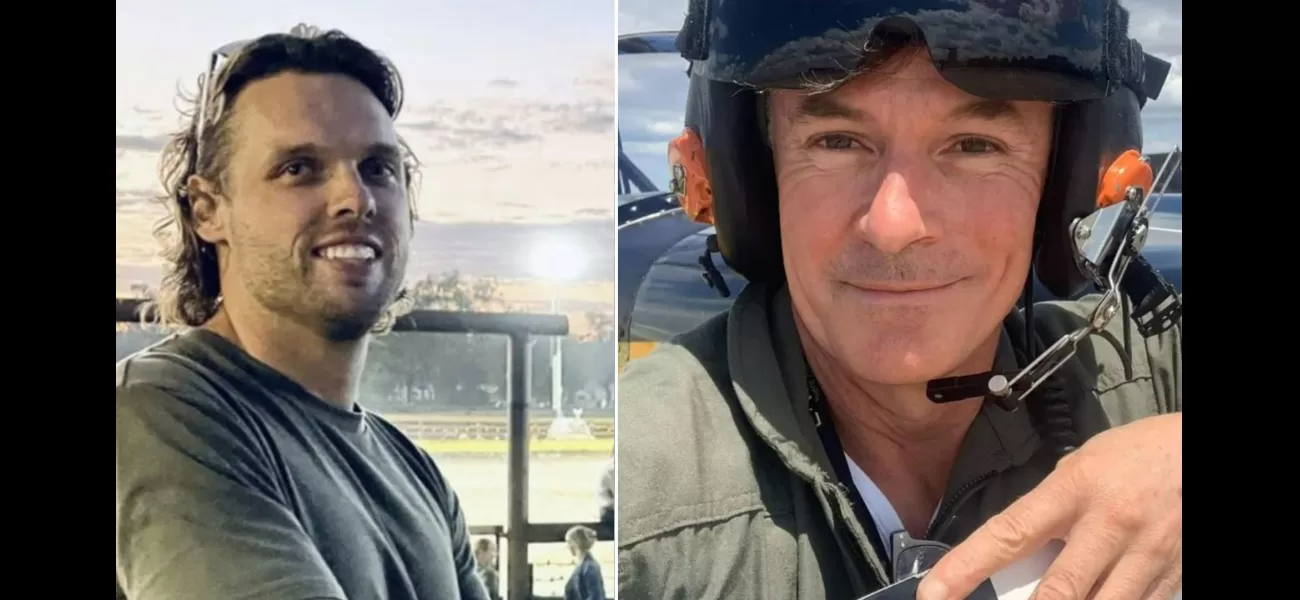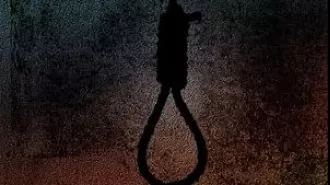Pilots did not communicate about maneuver before fatal Melbourne crash, according to report.
The final report on the plane crash was released by the Australian Transport Safety Bureau after an eight-month investigation.
July 18th 2024.

An investigation has revealed that the tragic mid-air crash over Melbourne's Port Phillip Bay, which claimed the lives of veteran pilot Stephen Gale and skilled cameraman James Rose, was not discussed before the flight. The incident occurred on November 19 when their plane collided with another military-style jet near Mount Martha. After eight months of investigation, the Australian Transport Safety Bureau (ATSB) has released its final report on the crash.
The report confirmed that the manoeuvre that led to the collision involved the lead aircraft, Viper 1, rolling inverted before the second jet, Viper 2, passed directly beneath it. However, this manoeuvre was not specifically briefed before the flight and was conducted without the knowledge of the crew of Viper 1. In fact, even during the flight, the pilots of both aircraft discussed repeating the manoeuvre over the radio without fully considering the risks involved. According to Chief Commissioner Angus Mitchell, this in-flight discussion did not allow the pilots to adequately assess the risks before attempting the manoeuvre for a second time.
As a result, during the second attempt, the right wing of Viper 2 struck the right wing of the inverted Viper 1, causing an immediate loss of control. Viper 2 sustained substantial damage, including the failure of its front wing spar and deformation of the outboard wing section, before crashing into the water. The report also highlighted the importance of pre-briefing in-flight manoeuvres to ensure safe formation flying and mitigate the risks of increased pilot workload and distraction.
Sadly, both Rose and Gale lost their lives in the crash, with their bodies found among the wreckage off Mornington. The second aircraft, carrying two other people, was able to land safely at Essendon Airport. It was later revealed that the purpose of the flight was to film a promotional video for Jetworks Aviation. However, the investigation found that the aircraft operator did not hold the required certificate to undertake such a flight.
Furthermore, it was also discovered that the surviving pilot did not follow medical restriction requirements during the flight. They were only allowed to operate aircraft with a side-by-side seating configuration and with a type-qualified safety pilot, but this was not followed. The ATSB emphasized the importance of adhering to these restrictions to ensure the safety of all those involved.
In conclusion, the tragic mid-air crash over Melbourne's Port Phillip Bay was a result of several factors, including the lack of pre-briefing for the manoeuvre and failure to follow medical restrictions. The ATSB's report serves as a reminder of the critical importance of proper planning and adherence to safety protocols in aviation. Our thoughts remain with the families and loved ones of the victims during this difficult time.
The report confirmed that the manoeuvre that led to the collision involved the lead aircraft, Viper 1, rolling inverted before the second jet, Viper 2, passed directly beneath it. However, this manoeuvre was not specifically briefed before the flight and was conducted without the knowledge of the crew of Viper 1. In fact, even during the flight, the pilots of both aircraft discussed repeating the manoeuvre over the radio without fully considering the risks involved. According to Chief Commissioner Angus Mitchell, this in-flight discussion did not allow the pilots to adequately assess the risks before attempting the manoeuvre for a second time.
As a result, during the second attempt, the right wing of Viper 2 struck the right wing of the inverted Viper 1, causing an immediate loss of control. Viper 2 sustained substantial damage, including the failure of its front wing spar and deformation of the outboard wing section, before crashing into the water. The report also highlighted the importance of pre-briefing in-flight manoeuvres to ensure safe formation flying and mitigate the risks of increased pilot workload and distraction.
Sadly, both Rose and Gale lost their lives in the crash, with their bodies found among the wreckage off Mornington. The second aircraft, carrying two other people, was able to land safely at Essendon Airport. It was later revealed that the purpose of the flight was to film a promotional video for Jetworks Aviation. However, the investigation found that the aircraft operator did not hold the required certificate to undertake such a flight.
Furthermore, it was also discovered that the surviving pilot did not follow medical restriction requirements during the flight. They were only allowed to operate aircraft with a side-by-side seating configuration and with a type-qualified safety pilot, but this was not followed. The ATSB emphasized the importance of adhering to these restrictions to ensure the safety of all those involved.
In conclusion, the tragic mid-air crash over Melbourne's Port Phillip Bay was a result of several factors, including the lack of pre-briefing for the manoeuvre and failure to follow medical restrictions. The ATSB's report serves as a reminder of the critical importance of proper planning and adherence to safety protocols in aviation. Our thoughts remain with the families and loved ones of the victims during this difficult time.
[This article has been trending online recently and has been generated with AI. Your feed is customized.]
[Generative AI is experimental.]
0
0
Submit Comment





